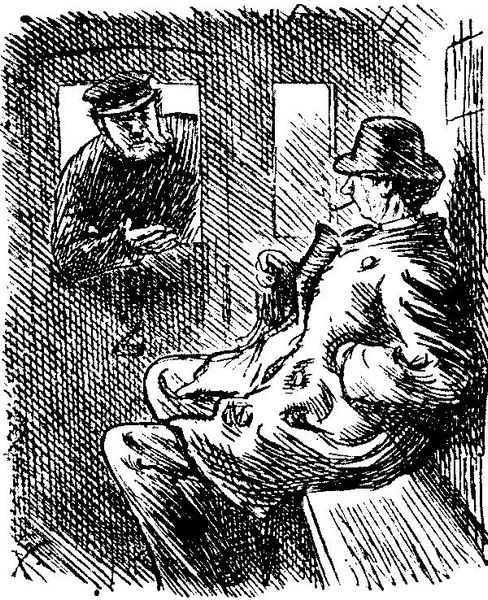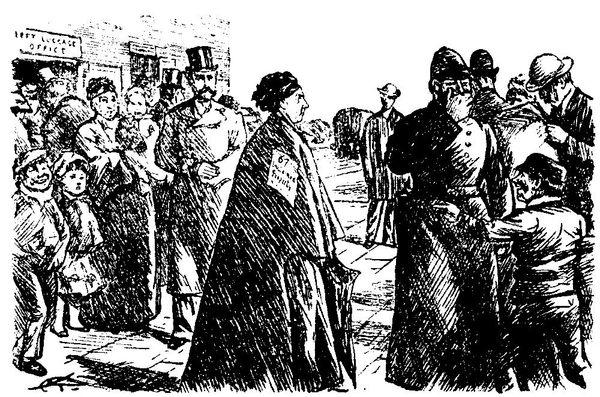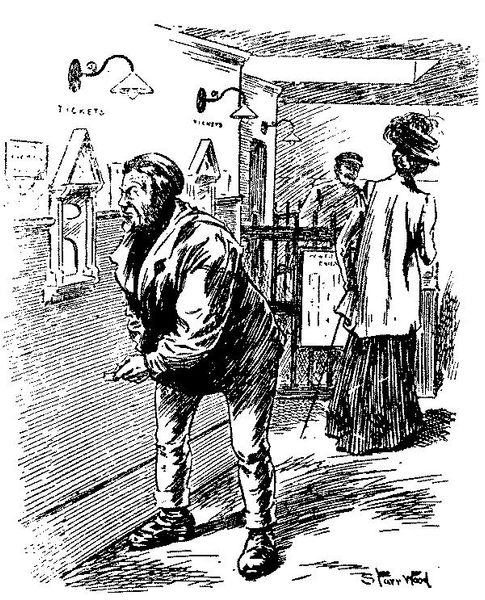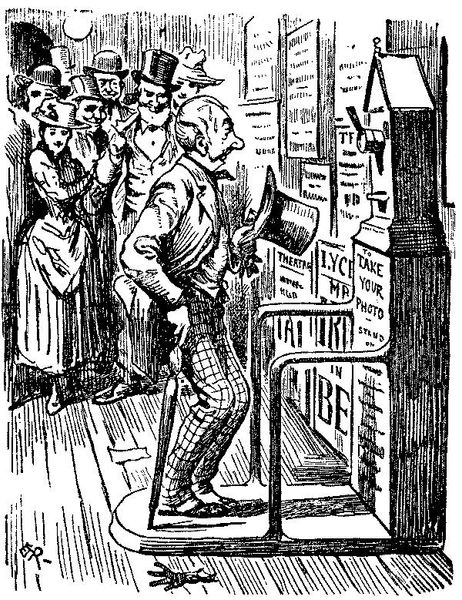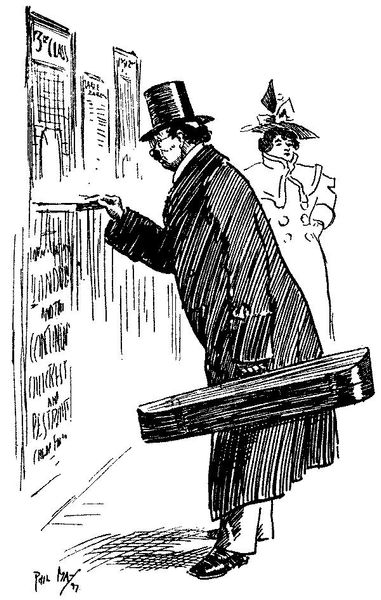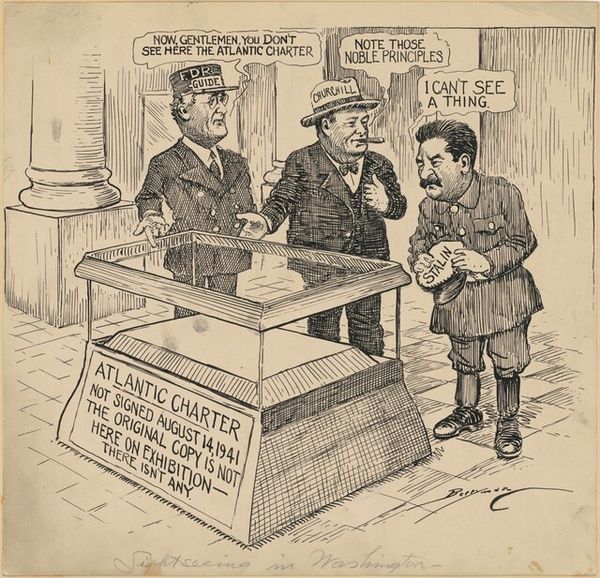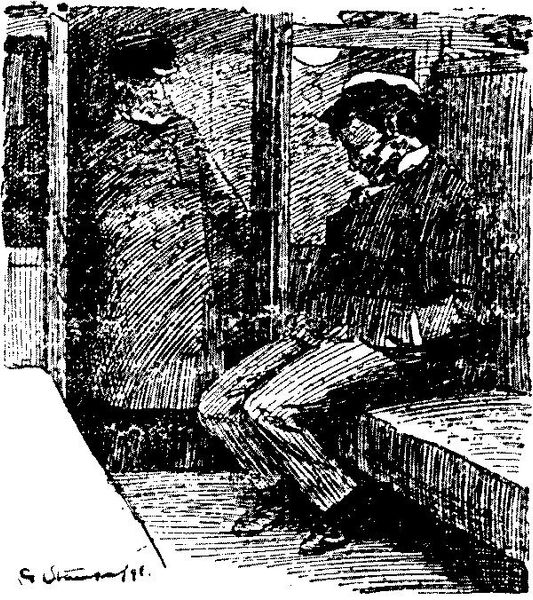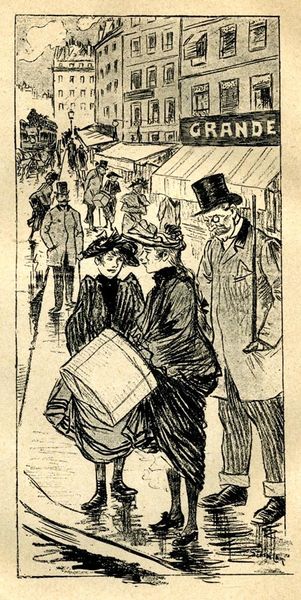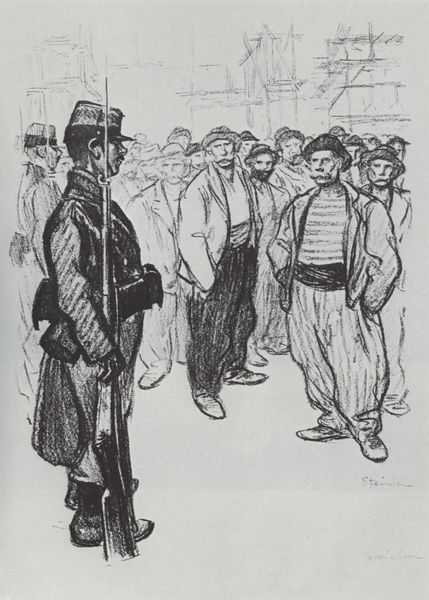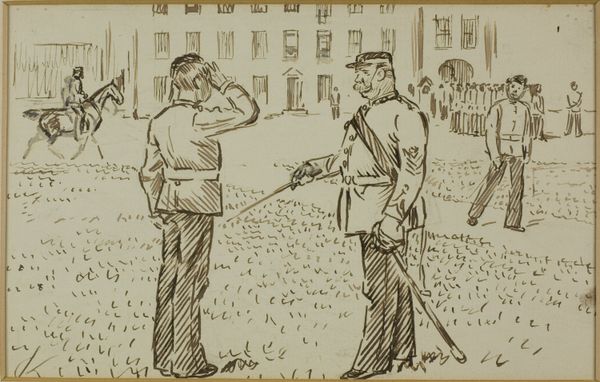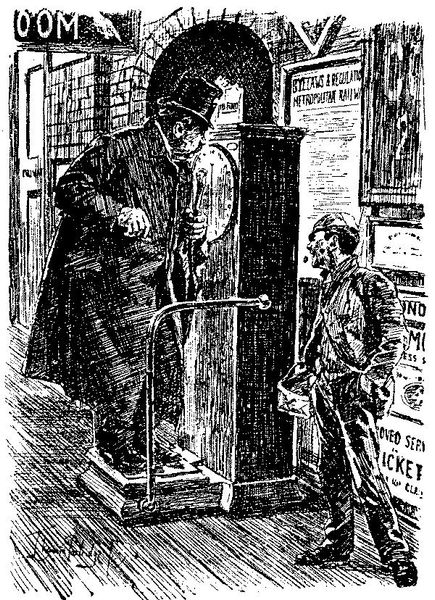
#
line-art
#
comic strip sketch
#
mechanical pen drawing
#
pen illustration
#
line drawing illustration
#
junji ito style
#
line art
#
ink line art
#
linework heavy
#
story boarding
Copyright: Public domain
Curator: Welcome! We’re standing before a work by John Leech titled "NOT QUITE UP TO DATE". Editor: Well, I have to say, the linework is quite striking! The stark black and white, the cross-hatching—it creates a kind of rough, immediate feeling. Almost feels like a reportage illustration. Curator: Leech worked as a caricaturist, so this piece definitely reflects that history. Given his focus on satire, especially social commentary in Victorian England, it makes you wonder what social critique he’s aiming for here? What’s he questioning about progress or the pace of modern life at the time? Editor: Looking closer at the figures and the signage behind them that says "SLOW," it feels like it has to be something about labor conditions at the time. Given it's Victorian era, industrial expansion surely influenced it. Notice the material contrasts; from the rail worker's utilitarian uniform to the gentry's clothes with cane - this difference visually anchors its making to issues of class. Curator: Absolutely! And those contrasts are emphasized through the detailed renderings, the visual rhetoric almost exaggerates class division. It brings forth questions on identity: the identity associated with labor and how one may identify outside those systems through means of dress. Editor: Yes! The artist, through the illustration style, clearly places the piece in the visual culture of industrialization – newspapers and print culture allowing for wide dissemination and engagement. The cross-hatching isn't just an artistic choice, but part of a wider discussion on labor. Curator: Thinking about how it ties into critical theory, doesn't it prompt us to examine systems of power, or how these systems can cause certain identity groups to mobilize? How are they using the means and conditions they have available? Editor: The medium matters! This work, through its materials and style, encourages engagement. Leech’s illustrative choices invite critical discourse through a visual language aimed to connect with a contemporary audience invested in progress, society and, ultimately, social progress. Curator: The visuality seems charged, like this work yearns to initiate public dialogues surrounding class, gender, or race as influenced by progress or lack thereof during the Victorian era. Editor: Definitely. Ultimately, Leech provides us with a critical tool. The material and illustration style provide the tools for us to do some deconstructive work in the current cultural landscape.
Comments
No comments
Be the first to comment and join the conversation on the ultimate creative platform.
